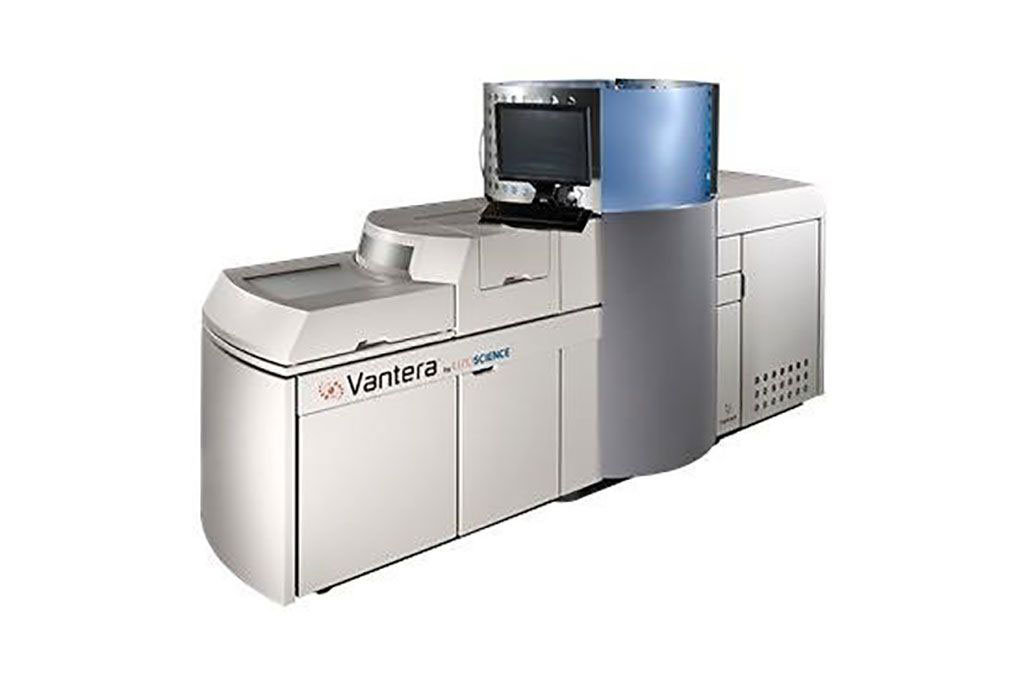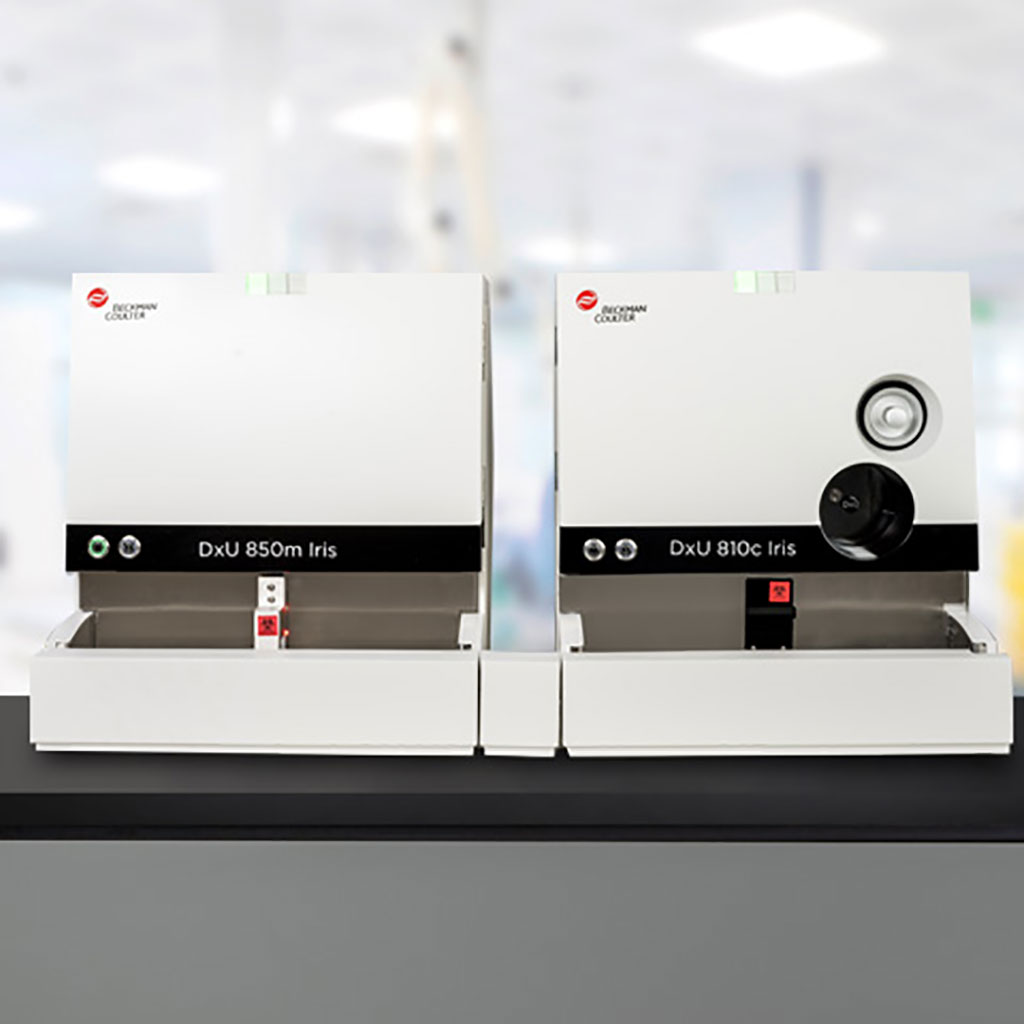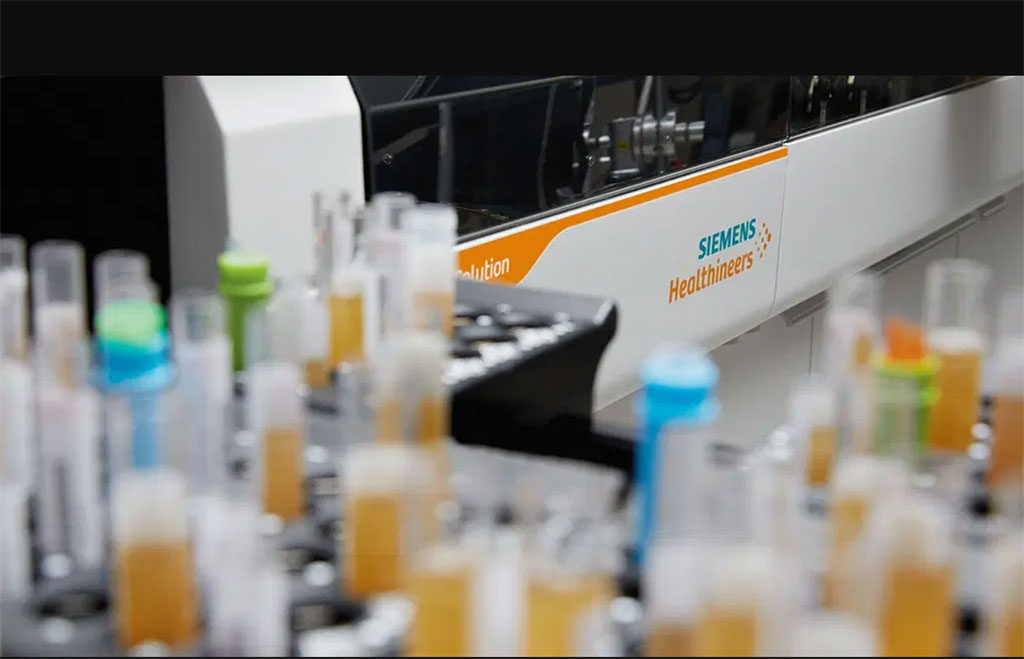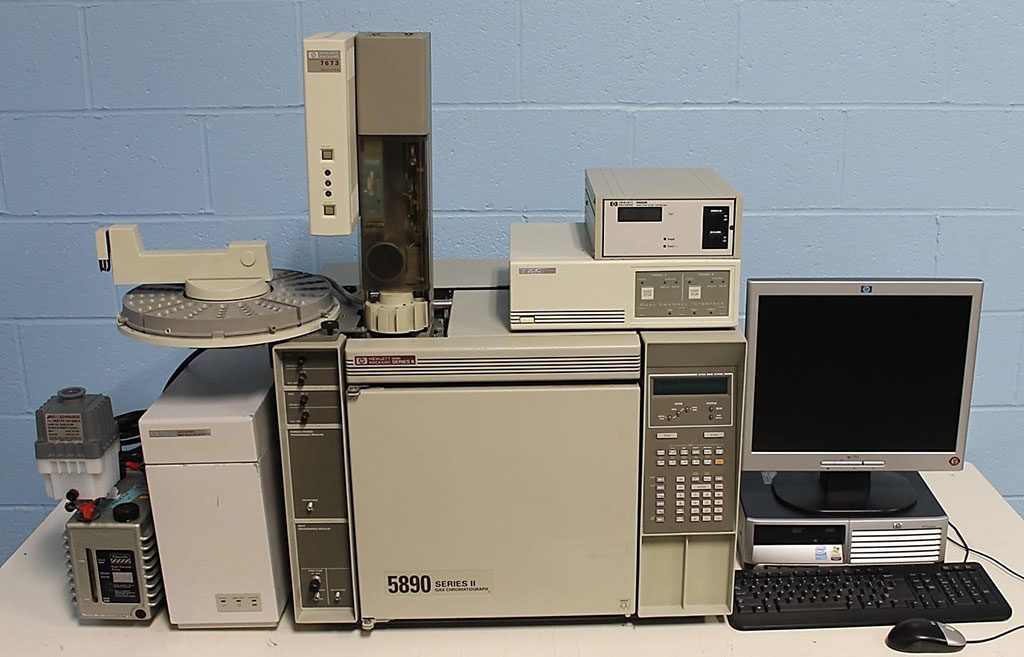Clinical Chemistry

Serum and Plasma Choline Quantified by Clinical NMR- Analyzer
Gut microbiome-related metabolites, like trimethylamine-N-oxide (TMAO), betaine and choline are increasingly recognized as contributors to, as well as markers of, cardiometabolic and other chronic diseases. Gut microbiome mediated metabolism of phosphatidylcholine leads to the production of choline, which is then metabolized to either trimethylamine (TMA) or betaine. More...14 Dec 2021

Apolipoprotein B Singled Out as Heart Attack Risk Predictor
The selection of risk factors is based on what makes a highly significant independent contribution to predicting risk. Age, sex, smoking, systolic blood pressure and total cholesterol are well known to be important. Also, diabetes and left ventricular hypertrophy increase risk as does a previous stroke or heart attack. More...09 Dec 2021

Monocyte Distribution Width Predicts Sepsis in Critically Ill Patients
Sepsis has been reported as a major cause of increased morbidity, length of stay and mortality among patients hospitalized in Intensive Care Units (ICUs) for any cause. The survival of patients developing sepsis in the ICU is strictly related to an early diagnosis, as well as a prompt start of appropriate medical interventions. More...06 Dec 2021

Lipoprotein(a) Concentrations Correlate With LDL-C in Diabetic Children
Cardiovascular disease (CVD) is a significant cause of mortality in those with diabetes. Increased apolipoprotein B (apoB) and low-density lipoprotein cholesterol (LDL-C) have been shown in pediatric patients with diabetes with worsening glycemic control. More...30 Nov 2021

Beckman Coulter Launches Automated, High-Throughput DxU Iris Urinalysis Solution in Europe
Beckman Coulter, Inc. (Brea, CA, USA) has announced the European launch of the DxU Iris Workcell, a fully-automated system that streamlines urinalysis workflow and reduces manual microscopy. More...30 Nov 2021

Siemens Introduces New Intelligent, Integrated IVD Solutions Virtually at EUROMEDLAB 2021
Siemens Healthineers (Erlangen, Germany) introduced new intelligent, integrated IVD solutions virtually at the XXIV IFCCEFLM European Congress of Clinical Chemistry and Laboratory Medicine (EuroMedLab Congress 2021). More...29 Nov 2021

In Other News
Urine Test Uses Tiny Worms to Detect Early Signs of Cancer
Vitamin D Deficiency Has Greater Risk for All-Cause Mortality
Edan Debuts Next-Gen Blood Gas & Chemistry Analyzer and Patient Monitor at MEDICA 2021
Biomarkers Associated with Major Bleeding in Patients with Atrial Fibrillation
Randox Showcases Extensive Range of Revolutionary Diagnostic Analyzers at MEDICA 2021
Molgen Presents Diagnostics Chemistry, Flows and Systems at MEDICA 2021
Amino Acids Predict Prognosis in Patients with Acute Dyspnea
High sdLDL-C and Lipoprotein(A) Levels Correlated to Coronary Arteriostenosis in Takayasu Arteritis
Urine Biomarker Test for Prostate Cancer Identifies Men with Intermediate-Risk Disease
Urinary Biomarkers Predict Acute Kidney Injury in Patients with COVID-19
Novel Serum Biomarker Investigated for Early Gastric Cancer Diagnosis
Biomarkers Predict Long-Term Kidney Function After Acute Kidney Injury
Hemco Offers VSE Balance Enclosure for Critical Procedures Involving Powders and Liquids
Novel Cardiovascular Biomarker Secretoneurin Implicated in Arrhythmogenesis
Admission HbA1c Levels Associated with Risk of Second Stroke in Diabetics
Plasma Amyloid-β 42/40 Assays Compared in Alzheimer Disease
Folate, Vitamin B12 Tied to GDM Risk in Early Pregnancy
Carolina Liquid Chemistries Corp. Introduces Line of Water Systems for Clinical Chemistry Analyzers
Differential Biochemical Markers Identified in Inflammatory Processed Synovial Fluid
New Urinalysis Solution Improves Laboratory Workflow by Reducing Manual Reviews and Sample Processing Time

Blood Lipid Biomarkers Associated with Lower Risk of ALS
Breath Ketone Analyzer Accurately Detects Ketosis in Type 1 Diabetes
Prehospital Plasma GFAP Analyzed as Stroke Biomarker
The Clinical Chemistry channel updates the reader on tests, techniques, and research in the field - from routine assays to specialized tests on blood, urine, enzymes, lipids, hormones and more.




 assay.jpg)





